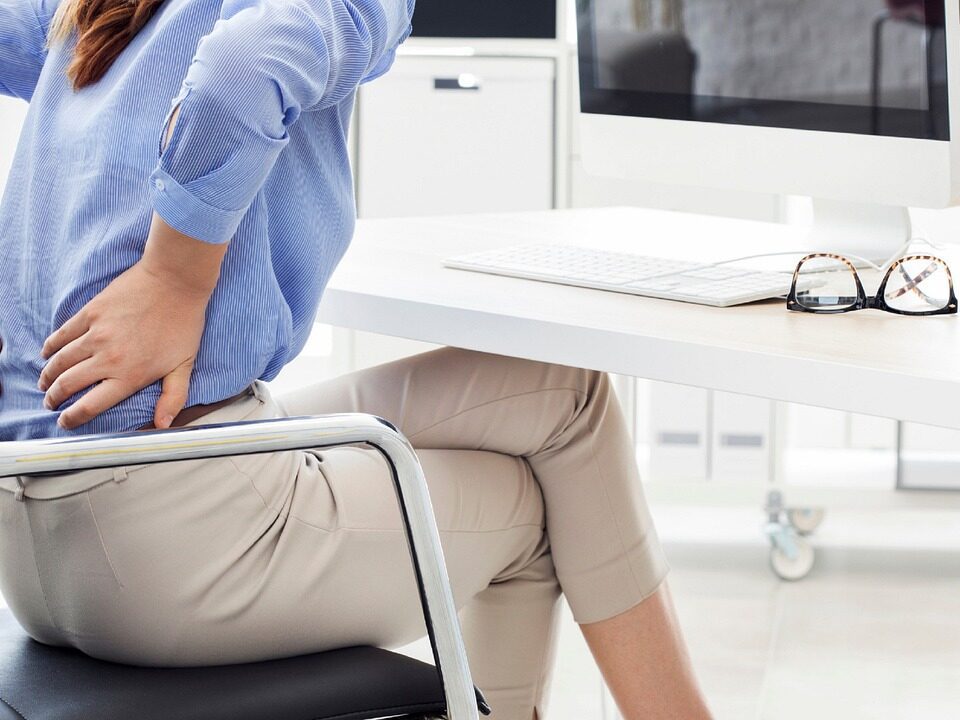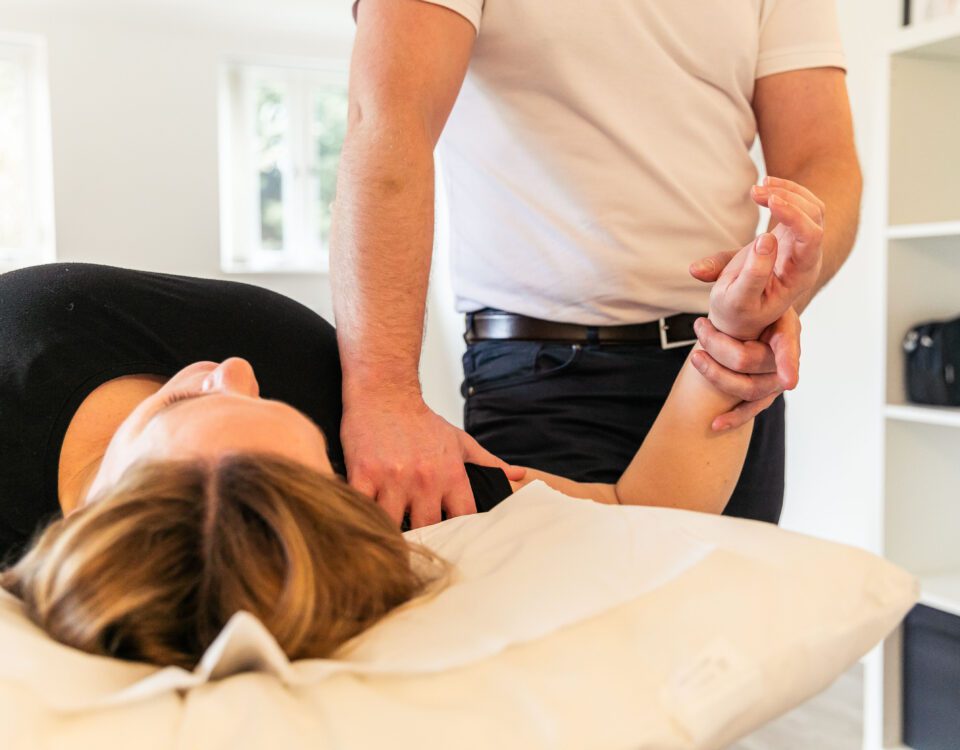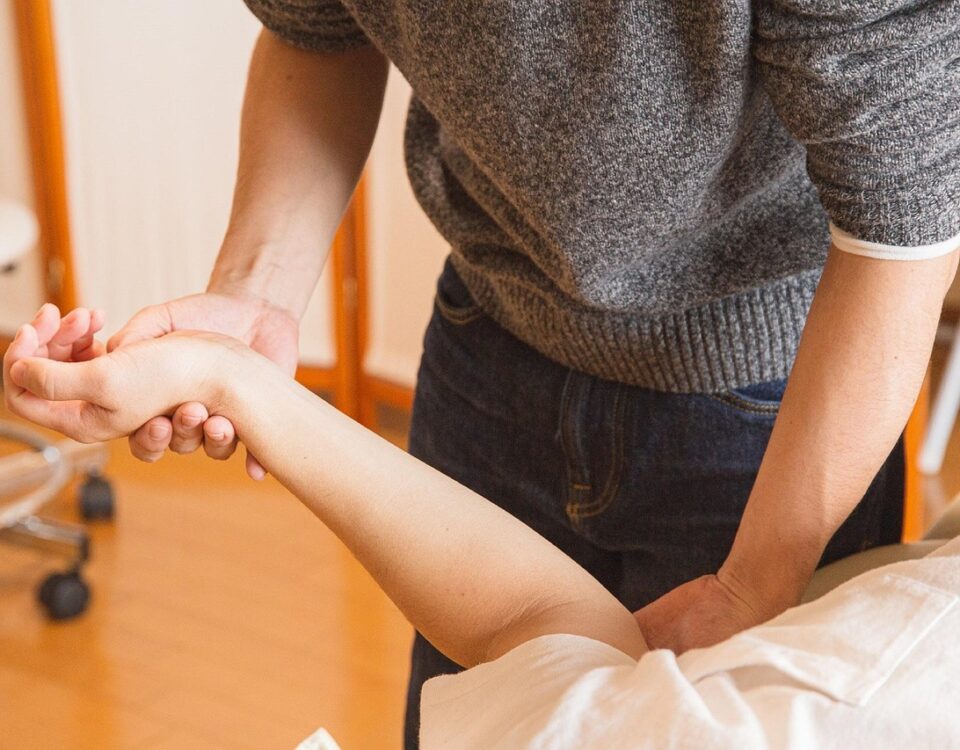
Injury Recovery: The Rollercoaster Ride
2 February 2024
Osteopathy for Desk Workers
6 March 2024The Role of Osteopathy in Sports Injury Rehabilitation
In the world of sports, injuries are an inevitable part of the game. Whether you’re a professional athlete or a weekend warrior, recovering from a sports injury can be a challenging and frustrating experience. While conventional medical treatments such as rest, ice, compression, and elevation (RICE) are commonly prescribed, many athletes are turning to osteopathy for its holistic approach to sports injury rehabilitation. In this comprehensive guide, we’ll explore the role of osteopathy in speeding up recovery and preventing recurrence of sports injuries.
Here is a run down of why osteopaths, such as Body Plus Osteopaths, can help with sport injuries.
1. Understanding Osteopathy
- Osteopathic principles are based on the body’s ability to self-heal. The body is a unit with all systems connected, structure governs function (if structure is effected then function is effected and vice versa) and the rule of the artery is supreme (for healing to occur then blood flow is paramount).
- There is a clear distinction between osteopathy and conventional medicine. Osteopathy includes the hands-on manual therapy techniques, including manipulation, mobilisation, and soft tissue techniques.
2. Addressing the Root Cause of Sports Injuries
- Osteopaths take a bio-mechanical approach which means assessing structural imbalances, joint restrictions, and muscle imbalances that contribute to sports injuries.
- They will also help Identify underlying issues such as poor recovery strategies, movement patterns, muscle weakness, joint instability, and repetitive strain patterns that predispose athletes to injury.
3. Acute Injury Management
- An Osteopath can take immediate interventions to reduce pain and inflammation. This could be in the form of soft tissue techniques, gentle mobilisations, and lymphatic drainage to promote healing.
- It’s also important to integrate with conventional treatments and to collaborate with medical professionals to provide a comprehensive approach to acute injury management.
4. Accelerating the Healing Process
- At Body Plus Osteopaths we use manipulative techniques to improve blood flow, reduce muscle tension, and enhance tissue repair to stimulate the body’s natural healing mechanisms.
- We will also enhance proprioception and neuromuscular control with exercises and techniques to improve coordination, balance, and functional movement patterns.
5. Rehabilitation of Soft Tissue Injuries
- Muscle strains, ligament sprains, and tendon injuries can restrict movement. Myofascial release, trigger point therapy, accupuncture and stretching techniques will help to restore tissue flexibility and function.
- Osteopathy can also encourage proper scar tissue formation with appropriate loading strategies, mobilisations and soft tissue techniques to aid repair and minimise adhesions.
6. Rehabilitation of Joint Injuries
- Joint mobilisations, manipulative techniques, and corrective exercises will help to improve your range of motion and prevent stiffness.
- Progressive resistance exercises to support injured joints and help prevent future injuries by strengthening surrounding musculature.
7. Rehabilitation of Overuse Injuries
- Addressing repetitive strain injuries by Identifying and correcting bio-mechanical and loading imbalances that contribute to overuse injuries, such as runner’s knee or tennis elbow.
- Modifying training techniques and education on proper form, pacing, and recovery strategies to prevent overuse injuries from recurring.
8. Preventing Recurrence of Sports Injuries
- Developing individualised prevention strategies by assessing biomechanics, movement patterns, and training habits to identify key risk factors for injury.
- Implementing injury prevention exercises to strengthen weak muscles, improve flexibility, and optimise movement mechanics to reduce the risk of recurrence.
9. Integrating Osteopathy into Sports Medicine Teams
- Collaborating with sports physicians, physiotherapists, and athletic trainers for the coordination of care and sharing expertise to optimise athlete outcomes.
- Serving as a primary or adjunctive therapy in sports injury rehabilitation programs and providing hands-on manual therapy alongside conventional treatments for comprehensive care.
Osteopathy plays a crucial role in sports injury rehabilitation by addressing the root cause of injuries, accelerating the healing process, and preventing recurrence. Through its holistic approach, osteopathy focuses on restoring balance and function to the body, allowing athletes to return to their sport stronger, fitter, and more resilient than before. Whether you’re recovering from a sprained ankle, a torn ligament, or a repetitive strain injury, osteopathy offers effective and evidence-informed solutions to help you get back in the game and stay injury-free for the long haul.



